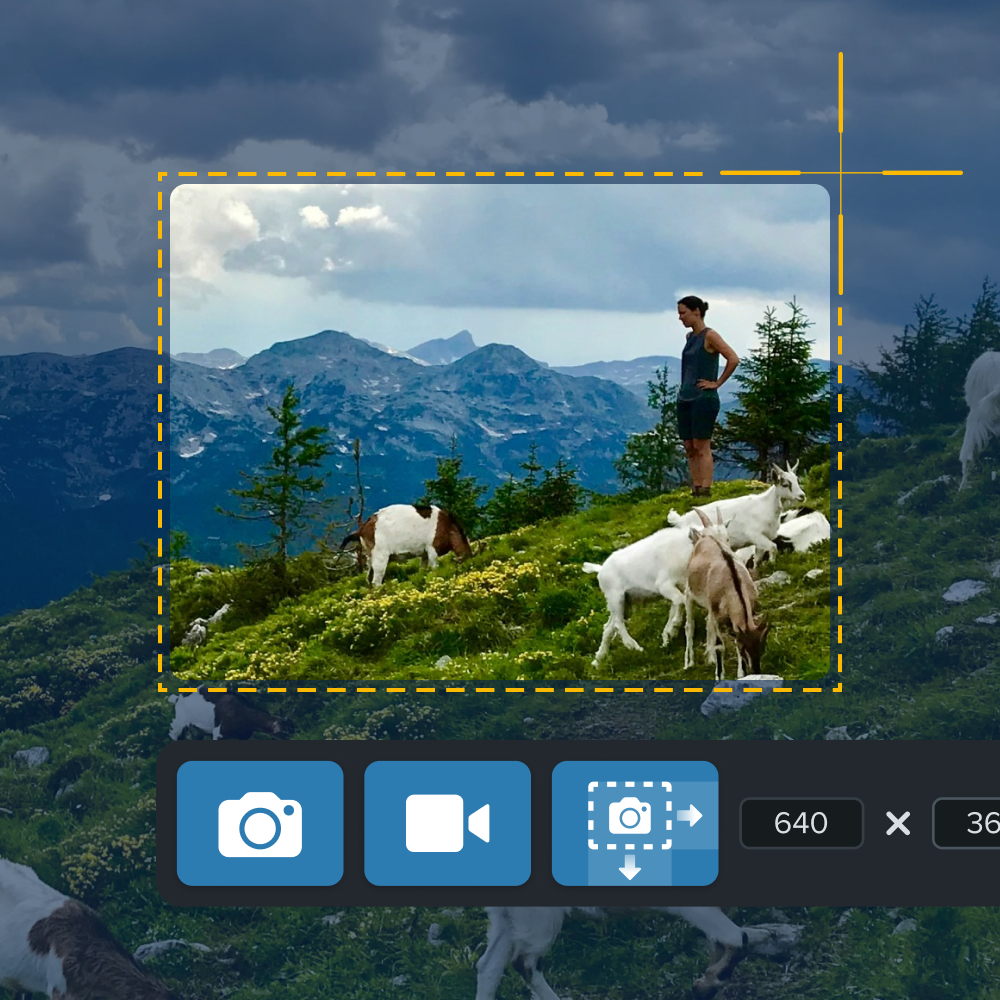When it comes to developing great curriculum for the humans in your organization, finding the right subject matter expert (SME) can mean the difference between elegant content simplicity or complexity in motion.
We can all accept that design simplicity is critical to the exchange of knowledge. As workplace educators, our job is help people succeed in the workplace. Our SME has a different role. Their role is to have complete knowledge of the topic. Their knowledge helps the organization perform at level best.
Now enter the big question. How do you get the right amount of information from the SME into the training content?
First and foremost, before getting to the 6 tips, try to imagine how the SMEs think about the world around them and their role within the organization. Take a moment to stop and remember their perspective will be inherently different from your own. Your goals are different, your perspective of the business needs will be different and your approach to solving those problems will be different.
Keeping this point of view in mind, here are 6 Tips to help you build your relationship with your SME.
Active Listening
Developing your active listening skills will help you in all areas in your life and not only working effectively with SMEs. Your SME may appear to be difficult in your first meeting, this is due to their passion about the topic.
If this is your first time working together, try to break the ice and discover common ground. Share success stories or stories of difficult projects. Reflect on what they are telling you and why.
Remember, active listening means focusing on the the words and showing verbal and nonverbal signs of listening. Pay attention to what is not being said as well as the content of the words. Such emotional attunement will level up your ability to understand your SME’s point of view.
Avoid Assumptions
As with any working relationship, avoiding assumptions will get you closer to your goal.
Our gut reactions have a tendency to believe SME’s will share our overall perspective. We assume the SME will agree because you both have the best interests of the organization in mind.
However, studies on a cognitive bias called the “false consensus effect” indicate we significantly overestimate the extent to which others agree with our opinions. As a result, we are actually closer to conflict when we assume agreement with the SME and it contributes to the “us versus them” mentality.
The key is to ask solid follow-up questions: “I think I heard you say…” or “Help me understand why this is important?” This will get you both closer to your goal.
Remove Communication Barriers
For open and honest communication to work, first remove communication barriers.
Figure out your communication preferences and compromise on something that works well for both of you. The importance of adapting one’s communication style to your SME cannot be underestimated. A great beginning is in understanding your SME’s mental state – is your SME happy, excited, frustrated or even angry about working on the project? You will have to adjust your communication style accordingly.
As with active listening, as you communicate with each other, don’t listen only to what the other person is saying. Listen to the emotions underneath the words. SMEs are understandably passionate about their subject. Acknowledge their passion and work together to clarify goals.

Be Prepared to Disagree
Conflicts can be healthy! Don’t let the first serious disagreement lead to the end of the partnership. Instead, learn strategies for healthy conflict resolution.
Talk about both the facts and how you feel about them. Be open to understanding why your SME feels strongly about certain content, images or processes. It’s easy to self-sabotage the relationship by trying to put yourself in a position of power, however be as generous as you can be in interpreting the other person’s actions. Be open to changing your mind if you discover you made a mistake and apologize quickly.
Collaborative Compromise!
Compromise in the workplace sometimes gets a bad rap. But sometimes we have to compromise to get the hard work done. In this case let’s talk about compromise in this way, “Individual commitment to a group effort to reach an agreed goal”. Compromise doesn’t have to be a win-lose scenario.
When you and your SME collaborate for agreed compromise, you both integrate ideas and energies so that the whole is greater than the sum of the parts. Balance getting your needs met with meeting the needs of the SME.
Remember, Your SME has worked hard to achieve the level of knowledge they have, respecting this will get you further than focusing on being right.
Set Expectations
There is nothing wrong with setting some ground rules for working together. Setting the expectations with your SME will ensure everyone is on the same page at the same time.
- Know your project may not be the SME’s main priority. Be sure to establish clear guidelines for communication and collaboration.
- Create a collaboration area to minimize meetings and to respect the SME’s time. Use tools like Evernote, Google Docs or other project management tools to share information.
- Be sure everyone is clear on deadlines and review cycles. Get the SME’s buy-in and write a schedule with agreed review dates.
- Record meeting notes in a shared document to avoid misunderstandings.
At the end of the day, you and the SME both want the same thing; to help people in the organization perform at the highest levels. Because people are people, this takes some negotiation and ground rules to meet those goals. Use these 6 tips to help guide your project journey and you’ll see higher success rates with your content and SME’s who actually want to work on projects.
Upgrade your screen captures
Don’t let clumsy built-in tools hold you back. Take and edit screenshots with Snagit!
Try it Free



Share